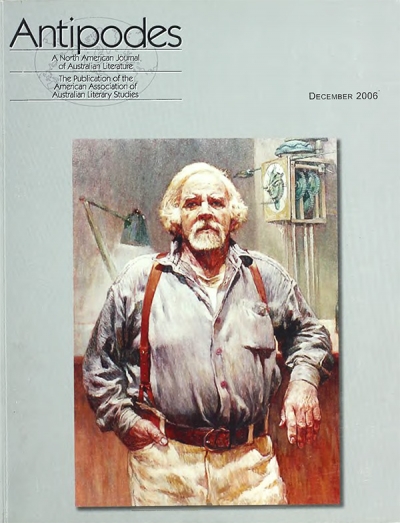Journals
Antipodes, vol. 21, no. 1, 2007 edited by Nicholas Birns & Southerly, vol. 67, no. 1-2, 2007 edited by David Brooks and Noel Rowe
by Ian Templeman •
Blast: Poetry and other critical writing, issue 4 edited by Ann Nugent
by Steve Evans •
Antipodes vol. 20, no. 2 edited by Nicholas Birns & Australian Literary Studies vol. 22, no. 4 edited by Leigh Dale
by Maria Takolander •
Famous Reporter edited by Ralph Wessman et al. (eds) & Etchings edited by Sabine Hopfer, Christopher Lappas and Patrick Allington
by Georgina Arnott •
Australian Historical Studies edited by Joy Damousi & Australian Historical Studies edited by Shurlee Swain and Stuart Macintyre
by Lyndon Megarrity •
Space edited by Anthony Lynch and David McCooey & Island 105 edited by Gina Mercer
by Geoff Page •
Metre: A magazine of international poetry edited by Simon Caterson
by Ann Vickery •
Australian Cultural History, Volume 11: Books, Readers, Reading edited by David Walker, Julia Hornen and Martyn Lyons
by Sue Murray •





